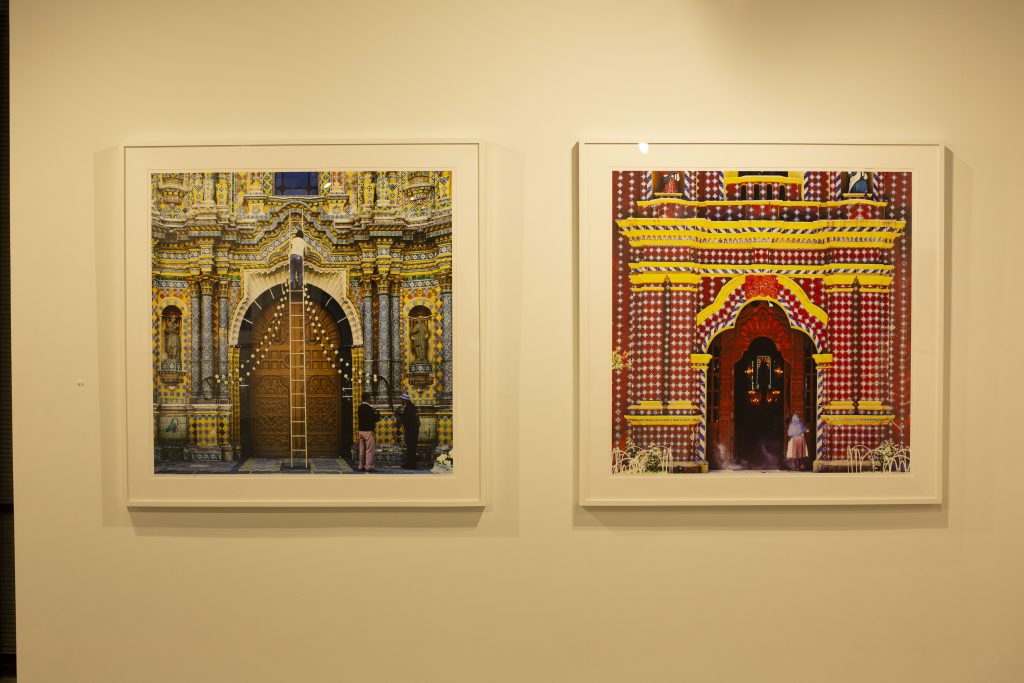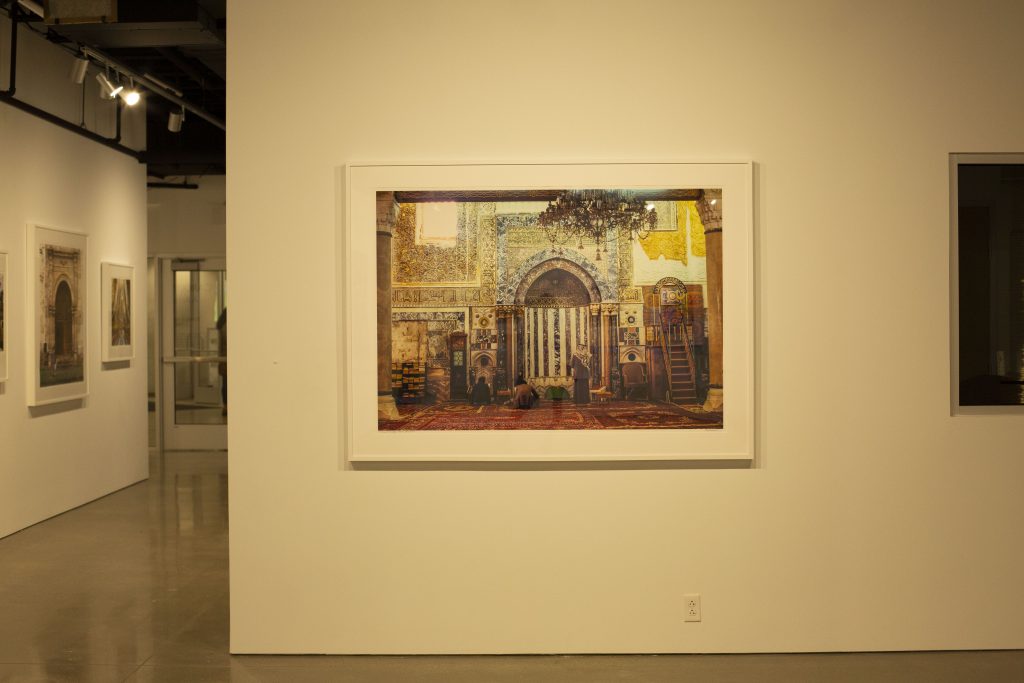Out of over 500 photographs, one graduate student shaped 32 works into an exhibit designed to get viewers to question — as well as connect with — art.
Humanities and aesthetic studies graduate student Francesca Brunetti curated the exhibit, “Representation and Presentation in Photography,” from images in the Comer collection, comprising nearly 500 images, 150 books and 200 periodicals. Brunetti said she got the idea for the theme from Italian scholar Claudio Marra, who emphasized a multi-faceted approach to photography through both visual appeal, the representation, as well as conceptual and abstract content, the presentation.
“In walking the exhibition, you can see images that are more conceptual in dialogue with images that are more aesthetically pleasing, that are aesthetically beautiful,” Brunetti said.
Brunetti said Marra proposed this theme as well as the concepts of representation and presentation as a way of understanding the history of photography.
“I thought that, in that way, I could select many different pieces in terms of style and time,” Brunetti said. “It was a way to approach the history of photography and to create an exhibition that could address the history of photography.”

The Comer collection was donated to UTD by Jerry Comer, who graduated with a master’s degree in management in 1977. The donation also supports research assistants and allows the department to present lectures by notable photographers. Every year, the School of Arts and Humanities allows graduate students to select pieces from the Comer collection to host an exhibit. Photography program director Marilyn Waligore helped Brunetti through the process of creating the exhibit.
“(The exhibit) prompts us to look at photographs in a new way, and I think that’s what happens with all the shows that have been curated,” Waligore said. “Because of the way the shows are installed and the curatorial framework, the curatorial statement, it helps us see these images not just superficially… but the rather to see how the image has a larger dialogue.”
Brunetti’s gallery is the larget student exhibit so far, with 32 pieces. She said sorting through the photos in the Comer collection to choose gallery pieces was one of the hardest parts of the 18-months-long process.
“The collection is so wide, there are so many examples of photography from the beginning of the 20th century to now that you can really come up with any kind of idea,” Brunetti said.

In choosing the pieces, Brunetti said she hoped to find a balance between pieces that served as examples of the concept of representation and those that showed the concept of presentation.
“Representation is more connected with modern photography, and the Comer collection is more about modern photography, so the majority of the pictures are connected with representation,” Brunetti said. “That was the most difficult part, to try to be balanced and to put all the images in communication with each other according to those to concepts.”
Brunetti said she worked closely with Comer to put together the exhibit and said he was very open-minded throughout the process. Her exhibit also featured classic as well as contemporary artists, such as Letha Wilson, whose works focus on transforming photographs through the use of sculptures to form a relationship between architecture and nature.
“In the Comer collection, we already had one photograph from her. After my decision to choose this topic and address it by using Letha Wilson’s pictures, (Comer) decided to buy more art from her,” Brunetti said. “So that was very interesting and exciting for me.”
Brunetti said the experience taught her to appreciate the time it takes to put assemble a gallery and it helped her gain curatorial experience as well.
“What you expect it to be at the beginning changes a lot, and only at the very end when you see the whole show together and all the pieces put in dialogue with each other and you walk around, do you understand what you’re doing,” she said.
Leave a Reply